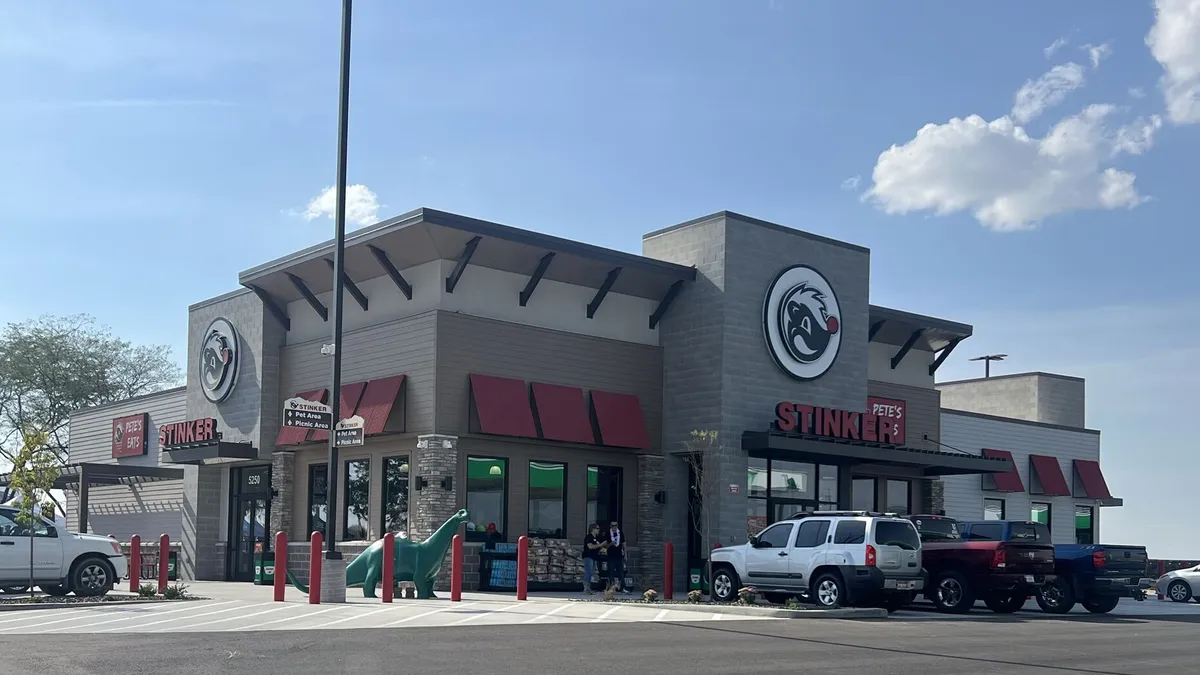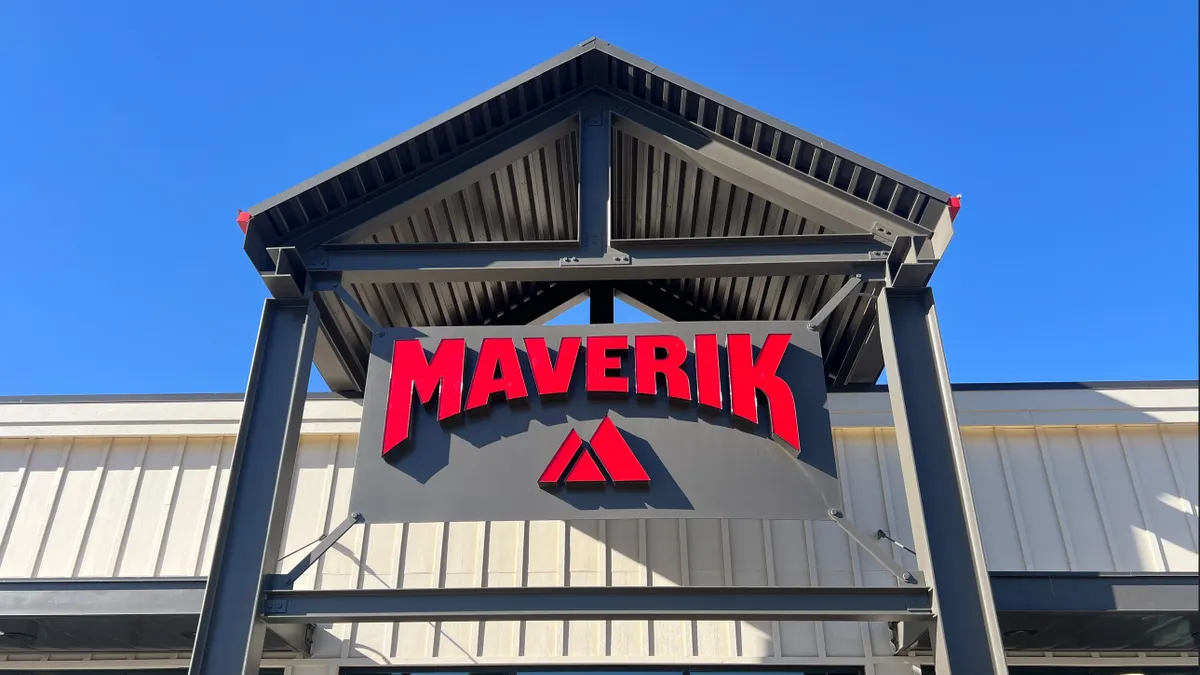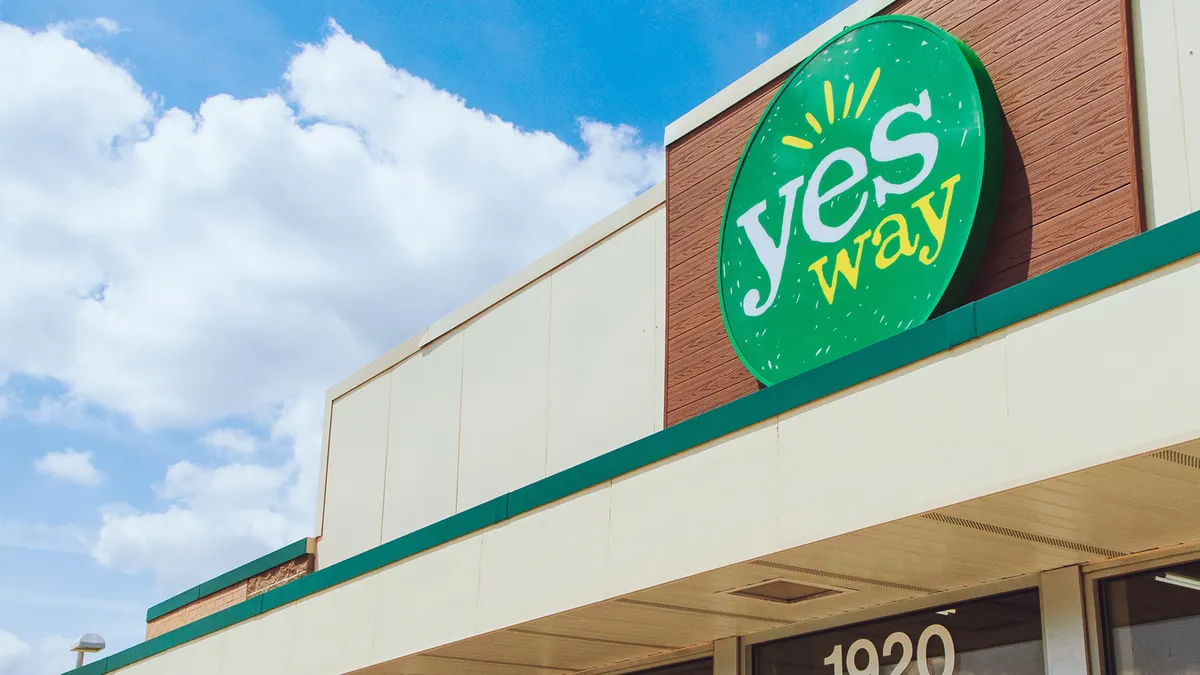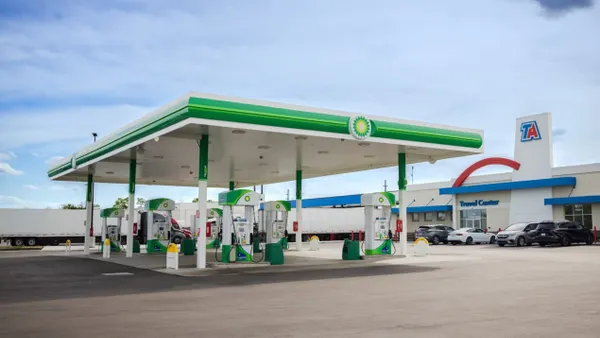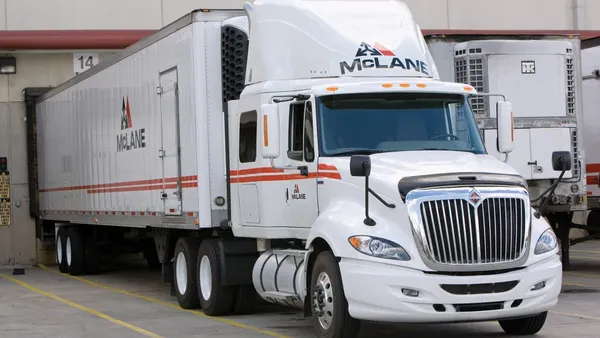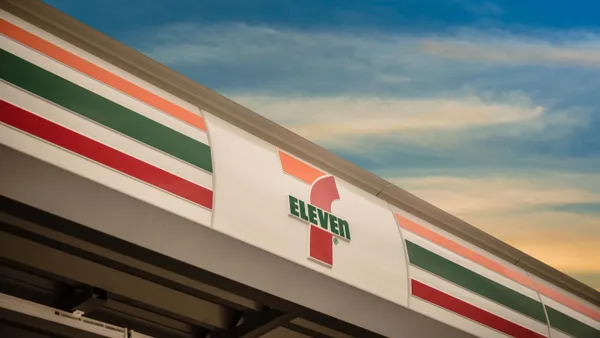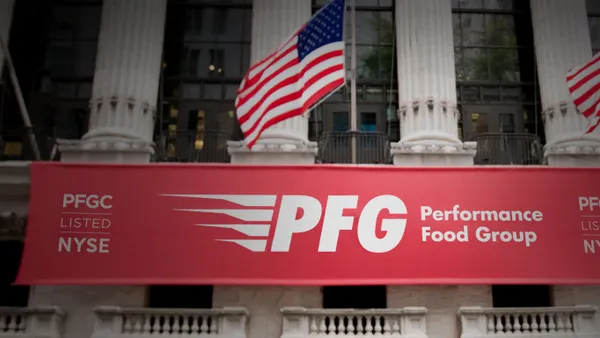As convenience retailers across the U.S. experiment with unique layouts and formats, one design in particular has emerged as an increasingly popular choice: really big stores.
Travel center chains like Buc-ee’s and Wally’s have always been known for their massive convenience stores, but some traditional c-store retailers have begun opening bigger locations as well.
National chains like QuikTrip and RaceTrac have built two-story c-stores, while Casey’s General Stores and Wawa are dipping their toes into travel centers. Meanwhile, regional players such as Rutter’s, Weigel’s, Onvo and Stinker Stores have all opened their largest stores to date in the past year. 7-Eleven even recently outlined plans to open over 600 large-format convenience stores in North America by the end of 2027 to combat its increasingly soft sales on the continent.
As c-store operators watch their competitors go bigger and bigger, they may wonder if they should take the same approach.
Multiple experts agree that this decision mostly comes down to one key department: foodservice.
Room for food
Foodservice is the commonality between most — if not all — of the companies pursuing bigger convenience stores. Retailers like Rutter’s and 7-Eleven are upgrading their locations to feature new fresh food offerings. This results in more equipment, staff and sections of the store dedicated to food, which requires a bigger footprint.
“Depending on what level of food you're offering, you're either offering what I call a luxury roller grill, or you're offering a full service kitchen that's taking more space,” Margaret Sotrop, vice president of design services for c-store solutions firm GSP Retail, said in an interview.
The c-store industry’s focus on competing with QSRs is a driving force behind the trend. Many retailers are offering foodservice items or entire meals at lower prices compared to many restaurants. These value-focused meals are part of the industry’s attempt to attract more restaurant consumers, which, in turn, requires more space inside the store, Sotrop added.
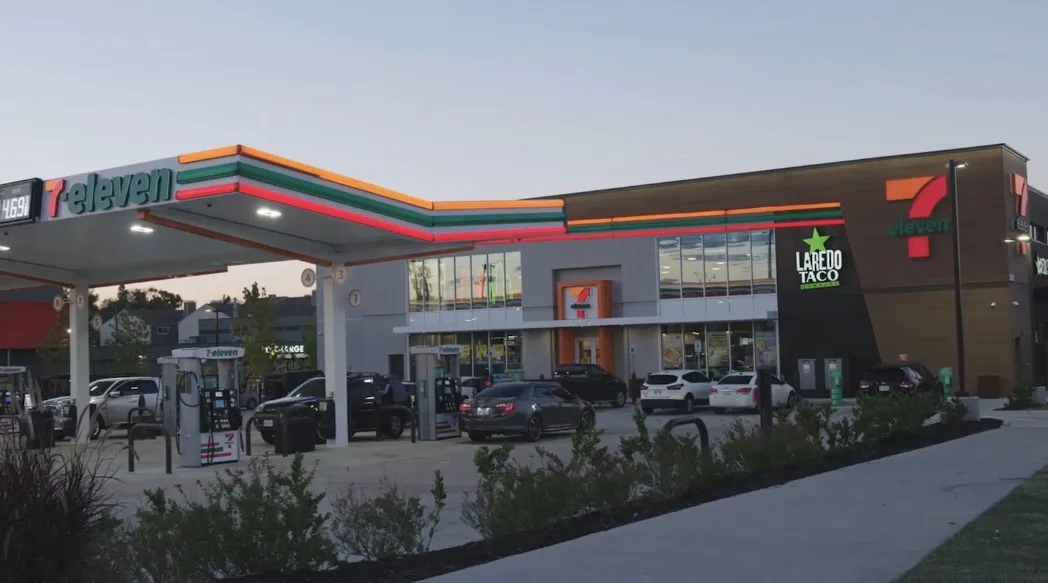
But Sotrop said many of GSP’s c-store clients are adding space not just for made-to-order food counters, but to expand their dispensed beverage fountains and coffee bars as well.
“I think the reason bigger is better is that it's just allowing you more offers,” Sotrop said.
That reasoning certainly applied to Stinker Stores, which operates more than 100 locations across Idaho, Wyoming and Colorado. The company opened its largest convenience store to date — a 10,000-square-foot travel center in Caldwell, Idaho — in September. That site is also its first ground-up truckstop, Billy Colemire, Stinkers’ vice president of marketing and brand, said in an interview.
Stinker’s main reason for building the supersized site was to highlight its made-to-order Pete’s Eats foodservice program and its proprietary 1936 coffee bar, Colemire said. That included adding booths and community-style tables in the middle of the store in addition to patio seating outside, he added.
“Because of all of the growth within that program, we really wanted to dedicate a little more space to that — make it more of the focal point in this bigger property,” Colemire said.
Colemire agreed that foodservice is a key reason for the c-store industry’s growing appetite for supersized locations.
“The entire industry is sprinting as quickly as they can to become known as food and beverage destinations,” he said.
Retailers have different needs
Despite acknowledging the wave of bigger stores across the industry, Colemire emphasized that Stinker wasn’t chasing trends when it decided to build its largest location.
Colemire also rejected the idea that bigger is better when it comes to convenience stores, adding that Stinker will continue to focus on building some of its traditional and smaller format stores, which sit at 5,000 and 4,000 square feet, respectively.
“The entire industry is sprinting as quickly as they can to become known as food and beverage destinations."

Billy Colemire
Vice president of marketing and brand for Stinker Stores
“Each one has a few more bells and whistles depending on the square footage and whatnot,” he said. “But having that structure and that discipline to have three prototypes that everything will eventually fit into as it gets redeveloped, remodeled, scrapped and rebuilt is a key to our success.”
Colemire said the uptick in supersized c-stores can be an opportunity for retailers to evaluate their strategies and rationale when it comes to their future locations. Some may find they have no need for larger stores, while it might make sense for others, he said. The same goes for considering smaller sites, such as micro stores, which might be useful in urban markets, he added.
“Think of it from all perspectives, and I think the answer could be different for every retailer out there,” he said.


